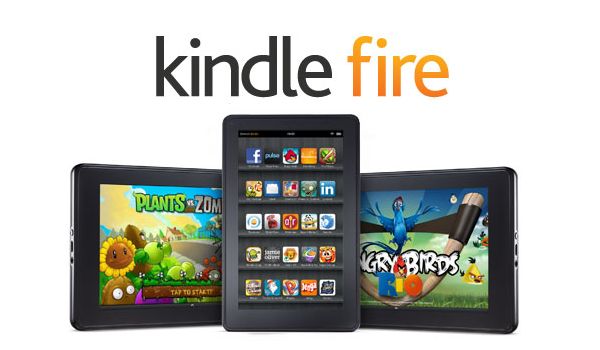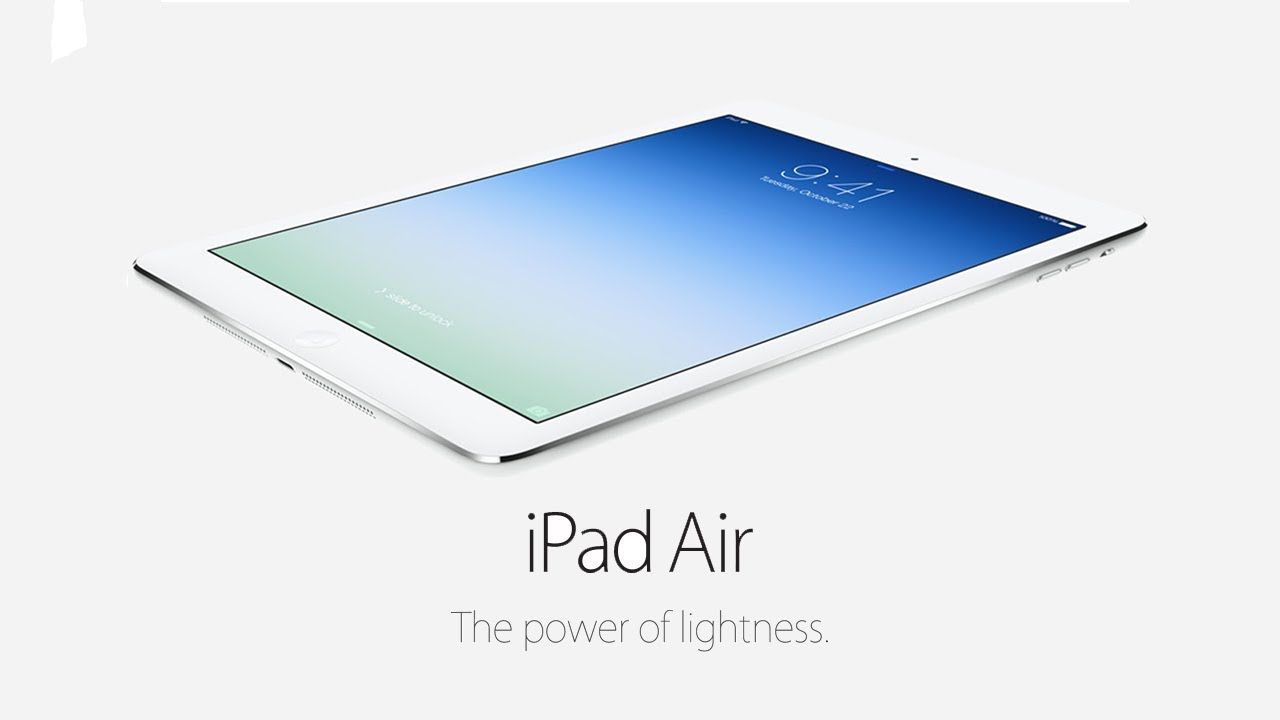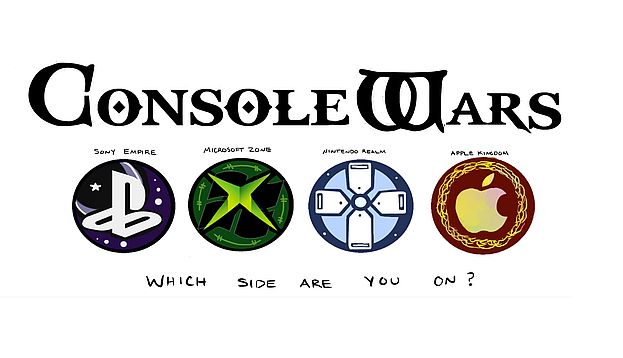The news that Wedbush Securities analyst Michael Pachter broke earlier this week was stunning: Apparently Microsoft sold 325,000 Xbox Ones in September, beating out Sony’s 250,000 units of PS4’s sold (both numbers are for U.S. retail sales only). Sony has beaten Microsoft every single month since the two consoles launched last year, and the upset is stunning. Is this a fluke, or will Sony come back to #1 Can dark horse Nintendo ride on the back of Super Smash Bros. to retake the #1 slot Who will win the console wars this holiday season
Before you start placing bets, it’s important to realize that we already know who the winner will be, if you’re counting numbers of units. The answer isn’t Sony, Microsoft or Nintendo. It’s Apple, followed by Amazon, Google, Samsung and a few others — because tablets will be outselling any of the traditional game consoles by at least an order of magnitude (that’s 10x for those who don’t normally deal in astronomical numbers).
Wait a minute — tablets aren’t consoles! Maybe not in the traditional form factor, but in the minds of consumers who will be buying hardware this holiday, tablets will be considered right alongside of consoles. And most families will be buying one or the other — not everyone has the money or the desire to buy two pieces of hardware that can easily run into hundreds of dollars. Parents especially will be weighing consoles against tablets when making holiday hardware purchases, and traditional consoles have a number of disadvantages.
In order to understand how this might be the case, let’s look at the cost comparisons first, because that’s often where people start. In the $99 to $150 range, we have microconsoles like the Amazon FireTV and the new PlayStation TV, as well as other Android-based consoles like the Ouya. The PlayStation TV can play nearly any PS Vita game, plus with PlayStation Now it will have available a large number of old PlayStation games. Certainly in terms of deep games the PS TV has it all over its microconsole rivals — except for price. Games for the PS TV are going to be in the range of $20 to $40, for the most part. Meanwhile, the FireTV is getting an increasing number of interesting games, many of which are free or somewhere in the $3 to $7 range.

Compare either of those to Amazon’s new Kindle Fire tablets, which start at $99 for a 6″ tablet at $139 for a 7″ tablet, both of which have pretty nice screens and an excellent array of not just games, but books, movies, TV and music, along with parental controls. Or the FireHD Kid’s Version, which somes with added case protection and an unlimited 2 year if-it-breaks-we’ll-replace-it warranty. Of course, there are plenty of lesser known brand names in the same price range. Yes, these tablet consoles don’t have the same game, but there are thousands to choose from (mostly free or nearly so), and these things are portable, too. Handheld consoles like the 2DS for $130 or the 3DS for $150 have a good selection of great games, but again those games are going to run you $20 or $30.
Parents who aren’t terribly familiar with the types of games available may well choose tablets, based on the availability of low-cost games and the much broader utility and portability offered by tablets.
When you get into the $200 to $300 price range, you start comparing more premium tablets (like an iPad Mini or a Samsung Galaxy or a Google Nexus 7) with last-gen consoles like the Xbox 360, the PS3, and the Wii or even the Wii U. Again, the tablets have greater general utility and portability, while the consoles have the hardcore (but expensive) games.
At the high end of $400 to $500, you get into the top end of tablets like the iPad Air and begin comparing that purchase to an Xbox One or a PS4. The difference in games is stark – but an iPad is a go-anywhere, do almost anything kind of tool that will be a much easier sell to a dubious, non-game-playing spouse. And if you’re serious about gaming, what about Nvidia’s new Shield tablet and controller, designed for the hardcore gamer and also a great tablet
While the games seem to be a key differentiation, even that is eroding. You can now find older console games like the Final Fantasy series or BioShock on consoles, and more will be coming. Blizzard’s hot card game Hearthstone is racking up amazing numbers on mobile, and converting many hardcore gamers to that new form of console. Check out this list of 21 great games for iOS, and this list of 87 great games for Android — you’ll find plenty of familiar names there, as well as some terrific new ones. Great gaming experiences are right in front of you, even for hardcore gamers. Try Kingdom Rush out for some simple tower defense fun, but the strategy gets very interesting.

Even new games like Skylanders: Trap Team now have a tablet version identical to the console version, complete with Bluetooth controller — at the same price as the traditional console version of the game. Minecraft Yeah, mobile’s got a version of that. If you have kids in the right age range, the idea of a tablet where they can be off in their room playing Skylanders, liberating your TV for your usage, may be a killer app.
When we’re talking about winning the console wars, it’s really about numbers. Apple sold over 26 million iPads in the fourth quarter of last year, and it will likely do that again with new iPad models on the way. Xbox One or PS4 sales will probably be in the 2 million range, so Apple has them beat by ten times. Amazon will probably sell 10 million Fire tablets over the holidays, though it’s hard to tell since they never release numbers. But in any case, it’s clear that tablets will easily conquer hardware sales numbers.
Sure, but are tablets really gameplaying devices When Digi-Capital reports that 67 percent of tablet time is devoted to playing games on them, and it’s by far the most popular app category, I think we can say the answer is yes. And since 75 percent of all app revenue is coming from games, the billions of dollars in mobile gaming is looking pretty competitive to consoles. While tablet game revenue won’t be passing console game revenues for a while, the gap is closing.
The console wars are pretty much decided, and tablets are the winners. The only question for game publishers now is how they’re going to take advantage of it, and how fast they can move over.

